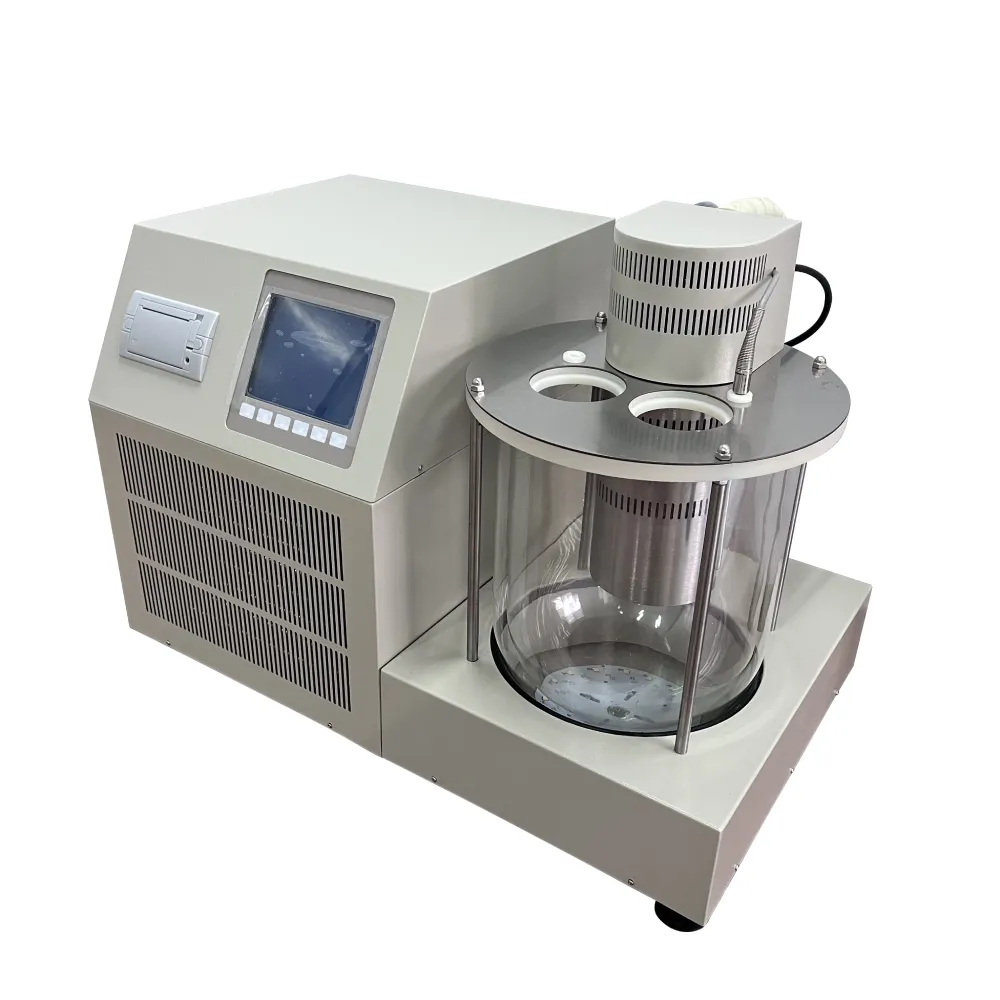 English
English


Potentiometric Titration of Strong Acid and Strong Base for Acid-Base Analysis
Potentiometric Titration of a Strong Acid with a Strong Base
Potentiometric titration is a powerful analytical technique used to determine the concentration of an analyte in solution by measuring the voltage (potential) of the solution as a reactant is added. When titrating a strong acid with a strong base, this technique offers a precise and accurate means of detecting the endpoint of the reaction. Understanding the fundamentals of this process enhances its application in various fields, including chemistry, environmental science, and industrial processes.
Principles of Potentiometric Titration
The fundamental principle of potentiometric titration involves the measurement of the potential difference between two electrodes immersed in the solution. In the case of a strong acid-strong base titration, we typically use a glass electrode for measuring the pH and a reference electrode to provide a stable reference potential. As the titration progresses, the addition of a strong base (like NaOH) to a strong acid (like HCl) alters the pH of the solution.
Initially, when a strong acid is present, the pH will be low, reflecting a high concentration of hydrogen ions (H⁺). As NaOH is incrementally added, hydroxide ions (OH⁻) react with H⁺ to form water, effectively neutralizing the acid. The reaction can be expressed as
\[ \text{H}^+ + \text{OH}^- \rightarrow \text{H}_2\text{O} \]
As more NaOH is introduced, the pH will start to rise steadily until it nears the equivalence point. The equivalence point in a strong acid-strong base titration is characterized by a dramatic change in pH, transitioning from acidic to neutral. At this point, the number of moles of H⁺ equals the number of moles of OH⁻ added, resulting in a solution that is neutral.
Monitoring the Titration Process
During potentiometric titration, the pH of the solution is plotted against the volume of titrant added
. This graph typically shows a gradual increase in pH as the base is added, followed by a sharp increase near the equivalence point. The steep slope observed in this region indicates a significant change in the concentration of hydrogen ions.potentiometric titration strong acid strong base

The endpoint of the titration can be determined more precisely using the first derivative of the titration curve, which identifies where the most significant change in pH occurs. This point reflects the exact completion of the neutralization reaction.
Advantages of Potentiometric Titration
Potentiometric titration offers several advantages over traditional visual indicators. The most notable benefit is increased accuracy and precision. The method eliminates subjectivity, as the determination of the endpoint does not rely on color change but on measurable electrical potential. Additionally, it can be employed in titrations that may have color changes that are difficult to discern or in solutions that are colored themselves.
Furthermore, potentiometric titration is suitable for various concentrations, ranging from very dilute solutions to concentrated ones. The presence of other substances in the solution that could interfere with color change does not affect the potentiometric measurements, making this method versatile and robust.
Applications
The applications of potentiometric titration are extensive. In the laboratory, it is commonly used to analyze the acidity of solutions, determining the concentration of acids in food products, the alkalinity in wastewater, and even in quality control processes in the manufacturing of pharmaceuticals. In education, it serves as a demonstration of acid-base neutralization chemistry. Moreover, due to its high precision, it is valued in research settings for the characterization of new compounds or reactions.
Conclusion
In conclusion, potentiometric titration of a strong acid with a strong base is a fundamental technique in analytical chemistry that allows for the precise determination of concentrations in solutions. By understanding the underlying principles and advantages of this method, practitioners can apply it effectively across various scientific and industrial fields, ensuring accurate analytical results that inform decision-making and quality control processes.
-
Differences between open cup flash point tester and closed cup flash point testerNewsOct.31,2024
-
The Reliable Load Tap ChangerNewsOct.23,2024
-
The Essential Guide to Hipot TestersNewsOct.23,2024
-
The Digital Insulation TesterNewsOct.23,2024
-
The Best Earth Loop Impedance Tester for SaleNewsOct.23,2024
-
Tan Delta Tester--The Essential Tool for Electrical Insulation TestingNewsOct.23,2024





